Hidden dangers of baby cribs, baby mattresses, and baby skincare products.
By Irina Webb
I love working with new moms! It’s such a special time in a woman’s life; everything is new, everything their babies do is precious and newsworthy. It’s a time I remember well, and fondly. But if I had to do it all over again, there are several things I would change. This time-saving article is to help you avoid the mistakes I made in buying certain products that in the end were not so healthy for my baby. Let’s discuss them briefly here, so you can go back to nurturing and treasuring your little one as quickly as possible.
Cribs
At the beginning, babies spend most of the time sleeping, which makes it very important to buy a crib free of harmful substances. One of the major things to watch out for in a crib are volatile organic compounds (VOCs). VOCs are a large group of toxic chemicals that include acetone, benzene, ethylene glycol, formaldehyde, and methylene chloride, all of which easily evaporate at room temperature, in a process known as “off-gassing,” and then can be breathed into little lungs. Exposure to high levels of VOCs have been linked with a number of health problems – from eye, nose and throat irritation to cancer and liver damage.
The main sources of VOCs in cribs are composite wood and wood finish. Most furniture these days are made of composite wood that is glued together – think hamburger instead of steak. The problem is that the glues contain all sorts of nasty stuff. For this reason, I highly recommend buying a crib made of 100% solid wood to minimize exposure to formaldehyde commonly used in the glue of the composite wood. If a 100% solid wood crib is not in your budget, look for cribs certified to the strict California regulation called CARB II.
sources of VOCs in cribs are composite wood and wood finish. Most furniture these days are made of composite wood that is glued together – think hamburger instead of steak. The problem is that the glues contain all sorts of nasty stuff. For this reason, I highly recommend buying a crib made of 100% solid wood to minimize exposure to formaldehyde commonly used in the glue of the composite wood. If a 100% solid wood crib is not in your budget, look for cribs certified to the strict California regulation called CARB II.
To minimize VOCs from wood finishes, natural finishes such as pure linseed oil are the best. The next best thing to do to minimize exposure to VOCs is to look for cribs certified by Greenguard, a business unit of Underwriters Laboratories (UL), to the stricter of UL’s two standards, called Greenguard Gold (formerly known as “Greenguard Children & Schools”). Greenguard performs a vigorous test to measure actual VOC emissions of a product.
The other important substance to watch out for is lead. Scientists have found there is no safe level of lead for children – even the smallest amount affects a child’s ability to learn. You might think that lead is banned in paint, but this is not completely true. The Federal Consumer Product Safety Improvement Act of 2008 (CPSIA) lowered the permissible concentration of lead in paint from 0.06 percent (600 ppm) to the new limit of 0.009 percent (90 ppm) effective August 14, 2009. This is important to know in case you decide to get a used crib.
It helps buying a crib from a reputable company, preferably made in the USA or Europe. Also, it is important to know that lead is used in the pigment of wood finish so buying a crib with clear finish would minimize risk of lead. Do not hesitate to contact the manufacturer directly and ask questions to get comfortable with a crib you are buying.
Mattresses
 With mattresses, we have three major concerns: polyurethane foam (petroleum-based foam), flame retardant chemicals, and waterproof covers made of PVC (vinyl). One of the major problems with polyurethane foam is VOCs. This study found that VOC concentrations sampled in the breathing zone and the interior pore air of the crib mattress’s polyurethane foam were greater than the bulk room air anywhere between 1.8 and 21 times. We want to avoid having our babies’ noses and mouths so close to these toxic VOCs.
With mattresses, we have three major concerns: polyurethane foam (petroleum-based foam), flame retardant chemicals, and waterproof covers made of PVC (vinyl). One of the major problems with polyurethane foam is VOCs. This study found that VOC concentrations sampled in the breathing zone and the interior pore air of the crib mattress’s polyurethane foam were greater than the bulk room air anywhere between 1.8 and 21 times. We want to avoid having our babies’ noses and mouths so close to these toxic VOCs.
Another problem with polyurethane foam is the possible use of flame retardant chemicals. Most polyurethane foam cannot pass government flammability standards without flame retardant chemicals, a large number of chemicals associated with reduced IQ (similar to lead poisoning) and hormonal changes, including thyroid disorders.
Most waterproof crib mattresses have covers made of PVC (vinyl). Vinyl may leach hormone disrupting chemicals called phthalates used in the manufacture of vinyl to make it pliable. Phthalates are not permanently bound to vinyl and may escape, forming dust that your child can inhale or ingest.
I recommend staying away from vinyl and polyurethane foam altogether. My son always sleeps with his face down and your child might, too. My strong preference is for crib mattress materials that include a combination of organic cotton, stainless steel springs, organic wool, and non-GMO potato-based PLA (polylactide). If you need a waterproof cover, I recommend covers made of the safest type of polypropylene plastic, recycle code #5.
To learn more about baby products, sign-up for our 9-module Pain to Power Online Childbirth Class, with modules dedicated to “BabyMoon” & “Your Baby”. Learn more.
Baby Skincare Products
Babies’ skin absorbs most of what we put on it. Have you seen the ads for those who want to stop smoking? The Nicoderm patch is designed to take advantage of something most of us never think about – that chemicals applied to the skin get absorbed and circulated throughout the body, just as if we were eating or inhaling them. (Think about this the next time you put on makeup.) So we have to be very careful about what we put on our babies’ skin.
The problem gets even bigger when you realize that the chemicals in our personal care products don’t just stop there: They wash down the drain, into the water system and go right up the food chain.
When it comes to lotions, body washes, and shampoos, less is more. When you clean your baby’s body, plain water is usually sufficient. I believe that the safest soap for a baby is natural soap made by the process of saponification, the traditional way of making soap. And here is a money saving tip: if you minimize usage of soap and use non-irritating moisturizing soap made with organic plant oils, most likely you won’t need to use a moisturizer. If you do, I recommend applying organic oils such as simple coconut oil after the baby’s bath.
As for shampoos, there are no certified organic shampoos due to their nature. Liquid shampoos require chemicals that can’t be certified organic in order for a shampoo to be a shampoo. Be wary of shampoos claiming to be organic without the USDA Organic Seal on them.
The truth is your baby’s hair won’t need those chemicals. Plain water at first and later natural soap will do the trick. Our son is three and has not used a drop of shampoo in his life, and he is quite handsome if I do say so myself. And he always smells so good! His hair looks clean, acts clean – it is clean. But he is also a boy with short hair. If you feel like you need a shampoo when your baby gets older, I recommend artificial fragrance-free shampoos made with glucoside lathering agents.
For diaper creams, I recommend avoiding petrolatum as it is a petroleum-based product. Instead, use certified organic balms that have ingredients such as shea butter, olive oil, coconut oil, calendula, and chamomile. Use a diaper balm every time you change a diaper and you will minimize the risk of diaper rash. For diaper rash, I found that zinc oxide-based creams work well.
I hope you have a better understanding now and feel inspired to shop for safe baby products. For more guidance and support, you can subscribe to my free blog, sign up for my member site, purchase my e-book, How to Easily Build a Safe Baby Registry, and/or hire me to build your baby registry to your specifications.
 Irina Webb is an independent researcher and a toxin-free living coach who believes that every baby deserves a healthy start in life. She works with new moms to help them select safe and effective products for their babies and their homes. Irina writes a blog called I Read Labels For You, which contains a wealth of information for anybody who wants to reduce their exposure to toxic chemicals to achieve optimum health. She tells her blog readers, “Even small and easy changes can make a powerful impact.”
Irina Webb is an independent researcher and a toxin-free living coach who believes that every baby deserves a healthy start in life. She works with new moms to help them select safe and effective products for their babies and their homes. Irina writes a blog called I Read Labels For You, which contains a wealth of information for anybody who wants to reduce their exposure to toxic chemicals to achieve optimum health. She tells her blog readers, “Even small and easy changes can make a powerful impact.”


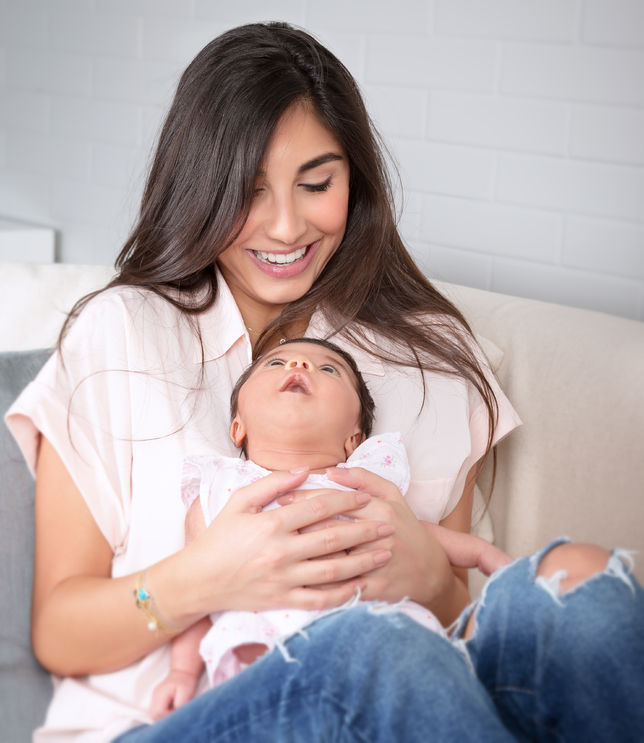

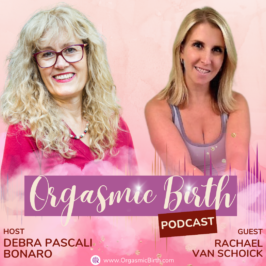

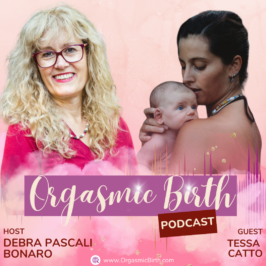
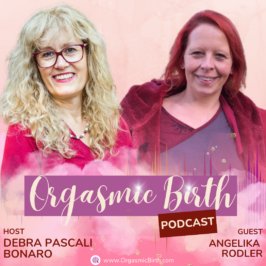
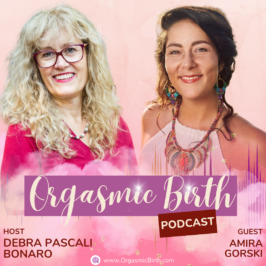
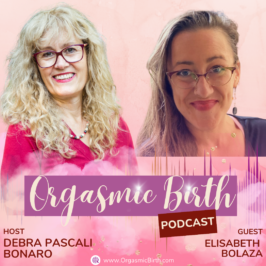
Leave a Reply